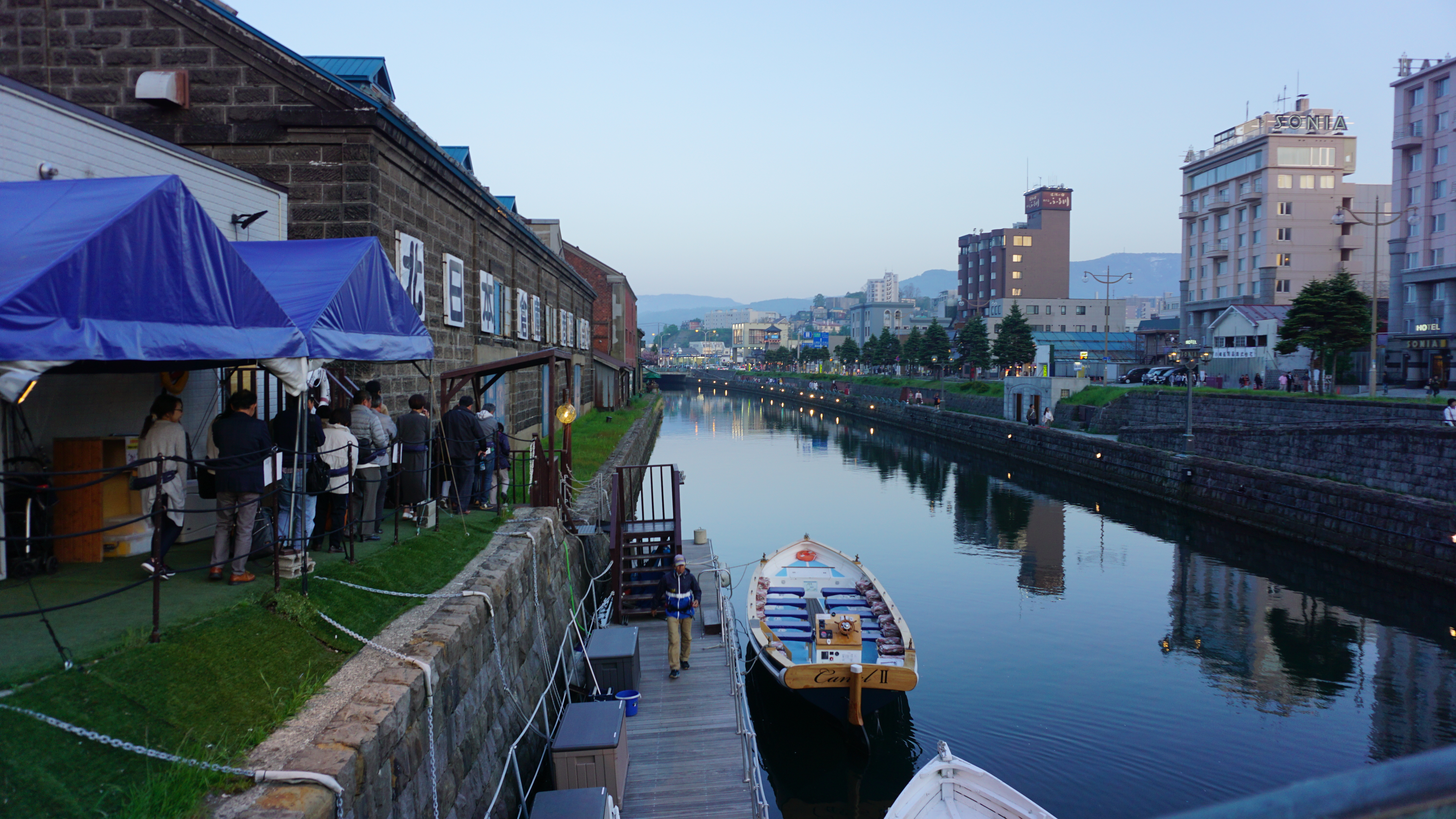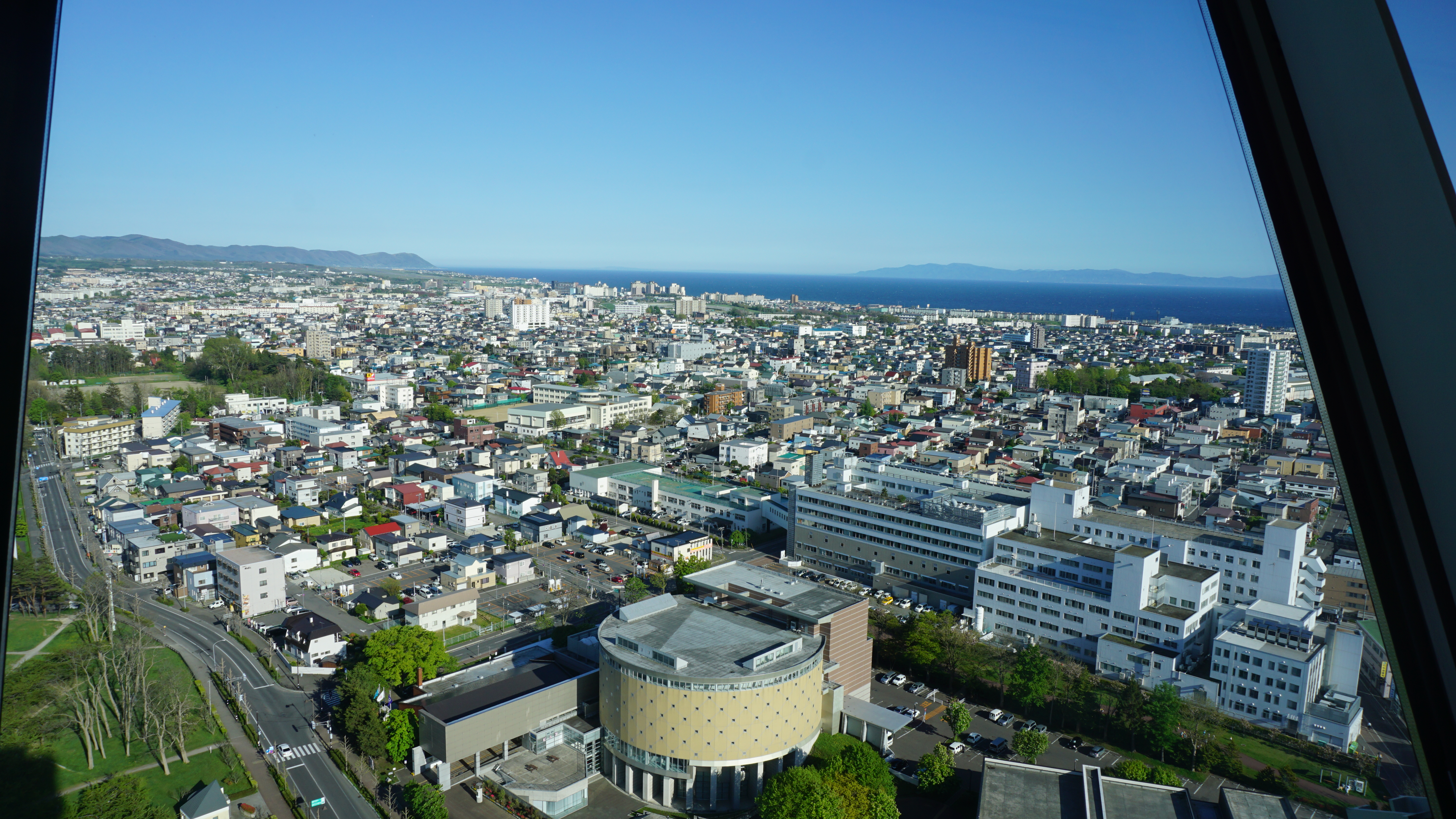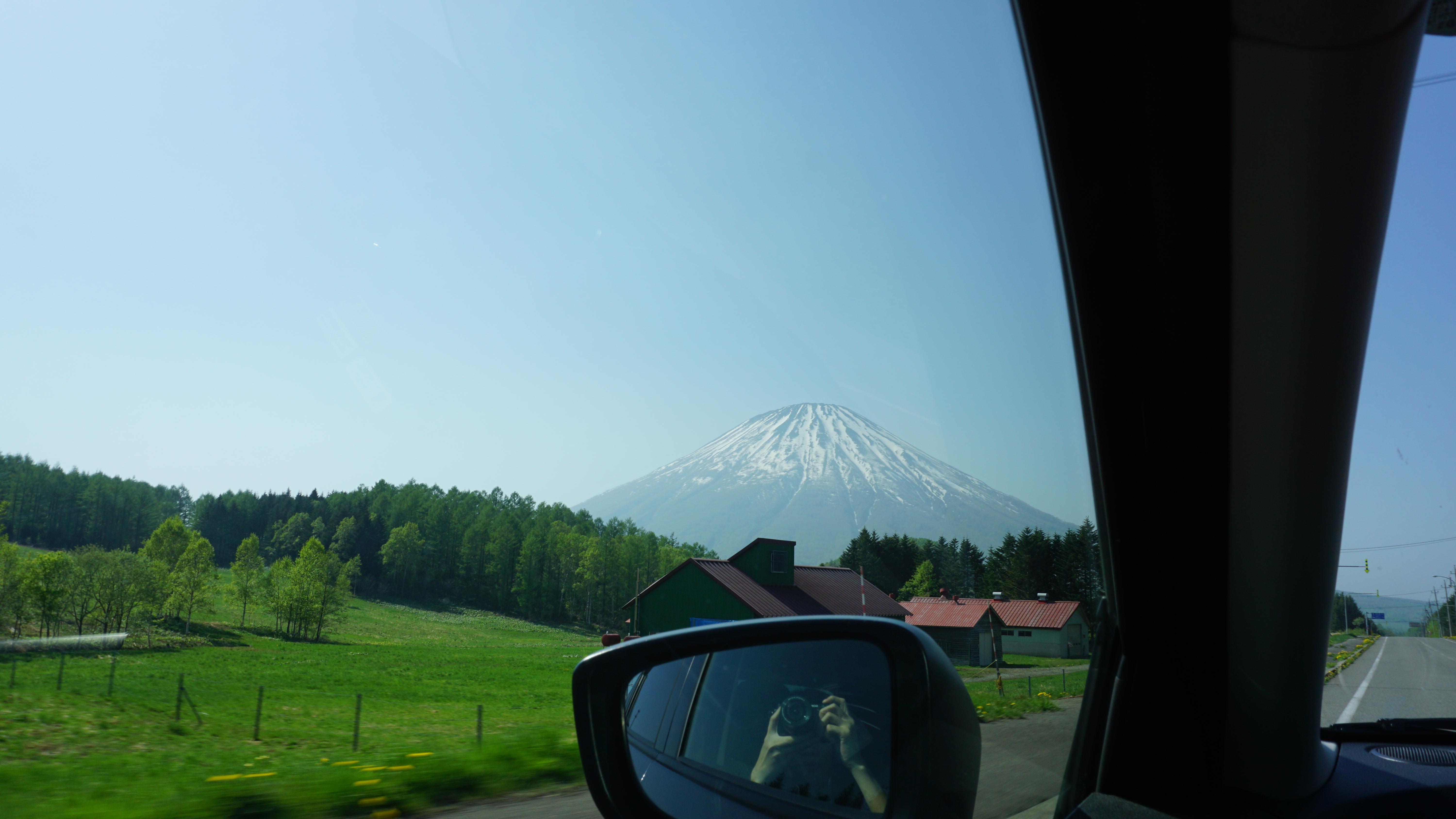Hokkaido
"The Island from the North Remembers"
Japan is consists of four main islands and Hokkaido is its second largest main island next to Honshu. 北海道 Hokkaidō, literally means "Northern Sea Circuit". Situated in the northest part of Japan and near Russia, you will be expecting cold temperature even on summer days.
Hokkaido is popular with its seafood dishes, ski resorts and snow festivals. Sapporo is the capital of Hokkaido and its largest city. The main transportation to reach Hokkaido from Tokyo is by air. Some preferred ferry trips from other prefectures in Honshu island. But the most exciting and newly added transportation is via Hokkaido line. In 2016, Hokkaido Shinkansen (Bullet Train) was opened for public transportation starting from Tokyo station to Shin-Hakodate station.
Hokkaido was settled by the Ainu,[2] Nivkh, and Orok before recorded history.[3] The Nihon Shoki, finished in 720 AD, is often said to be the first mention of Hokkaido in recorded history. According to the text, Abe no Hirafu[3] led a large navy and army to northern areas from 658 to 660 and came into contact with the Mishihase and Emishi. One of the places Hirafu went to was called Watarishima (渡島), which is often believed to be present-day Hokkaido. However, many theories exist in relation to the details of this event, including the location of Watarishima and the common belief that the Emishi in Watarishima were the ancestors of the present-day Ainu people.
During the Nara and Heian periods (710–1185), people in Hokkaido conducted trade with Dewa Province, an outpost of the Japanese central government. From the Middle Ages, the people in Hokkaido began to be called Ezo. Hokkaido, formerly known as Ezochi[4] Ezochi (蝦夷地, lit. "Ezo-land") or Ezogashima (蝦夷ヶ島, lit. "Island of the Ezo"). The Ezo mainly relied upon hunting and fishing and obtained rice and iron through trade with the Japanese.
During the Muromachi period (1336–1573), the Japanese created a settlement at the south of the Oshima Peninsula. As more people moved to the settlement to avoid battles, disputes arose between the Japanese and the Ainu. The disputes eventually developed into a war. Takeda Nobuhiro killed the Ainu leader, Koshamain,[3] and defeated the opposition in 1457. Nobuhiro's descendants became the rulers of the Matsumae-han, which was granted exclusive trading rights with the Ainu in the Azuchi-Momoyama and Edo periods (1568–1868). The Matsumae family's economy relied upon trade with the Ainu. They held authority over the south of Ezochi until the end of the Edo period in 1868.
The Matsumae clan rule over the Ainu must be understood in the context of the expansion of the Japanese feudal state. Medieval military leaders in northern Honshū (ex. Northern Fujiwara, Akita clan) maintained only tenuous political and cultural ties to the imperial court and its proxies, the Kamakura Shogunate and Ashikaga Shogunate. Feudal strongmen sometimes located themselves within medieval institutional order, taking shogunal titles, while in other times they assumed titles that seemed to give them a non-Japanese identity. In fact many of the feudal strongmen were descended from Emishi military leaders who had been assimilated into Japanese society.[5] The Matsumae clan were of Yamato descent like other ethnic Japanese people, whereas the Emishi of northern Honshu were a distinctive group related to the Ainu. The Emishi were conquered and integrated into the Japanese state dating back as far as the 8th century, and as result began to lose their distinctive culture and ethnicity as they became minorities. By the time the Matsumae clan ruled over the Ainu most of the Emishi were ethnically mixed and physically closer to Japanese than they were to Ainu. This dovetails nicely with the "transformation" theory that native Jōmon peoples changed gradually with the infusion of Yayoi immigrants into the Tōhoku rather than the "replacement" theory which posits that one population (Jōmon) was replaced by another (Yayoi).
This travel blog will showcase Southwest Hokkaido. We will give you tips, budget friendly and ideal itinerary for your SW Hokkaido adventure!



